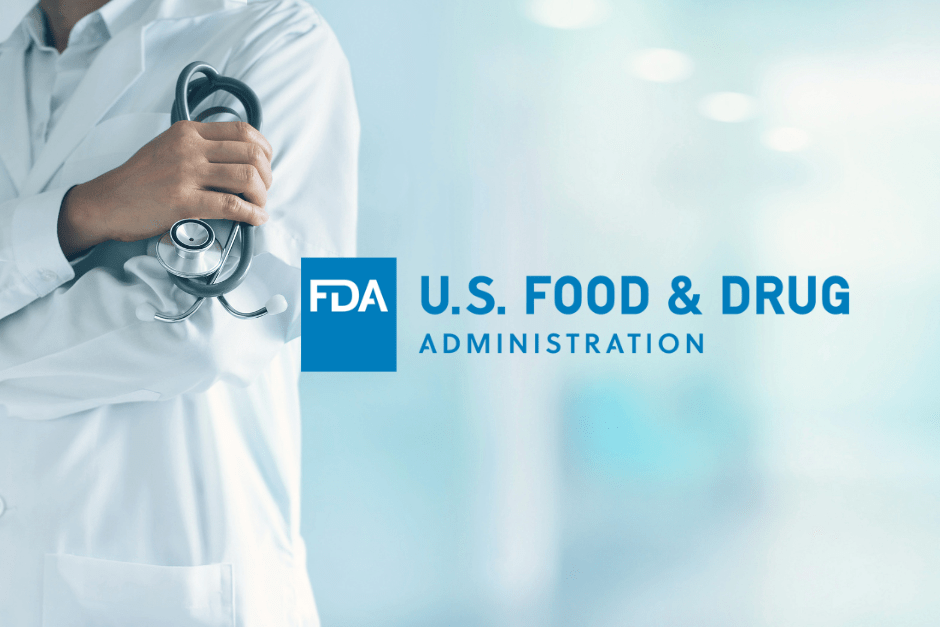The new article describes in detail the approach to be applied with respect to documentation related to informed consent.

Table of Contents
The Food and Drug Administration (FDA or the Agency), the US regulating authority in the sphere of healthcare products, has published a guidance document dedicated to the concept of informed consent. The document provides an overview of the applicable regulatory requirements, as well as additional clarifications and recommendations to be taken into consideration by medical device manufacturers and other parties involved in order to ensure compliance therewith.
At the same time, it is important to mention that the provisions of the guidance are non-binding in their legal nature, nor are they intended to introduce new rules or impose new obligations. Moreover, the authority explicitly states that an alternative approach could be applied, provided such an approach is in line with the existing legal framework and has been agreed upon with the authority in advance.
The scope of the guidance covers, inter alia, the aspects related to the documentation of informed consent. In particular, the authority highlights the key points to be considered when preparing such documentation.
Requirement for Written Documentation of Informed Consent
According to the applicable regulations, namely 21 CFR 56.109(c)44 and 21 CFR 50.27, it is mandatory for informed consent in clinical research to be substantiated by a signed and dated written consent form. In particular, 21 CFR 50.27(a) states that, except as provided in §56.109(c), informed consent shall be documented by the use of a written consent form approved by the IRB and signed and dated by the subject or the subject’s legally authorized representative at the time of consent. A copy shall be given to the person signing the form.
However, there are two specific scenarios where this requirement may be waived by an Institutional Review Board (IRB). In instances where the IRB chooses to waive this requirement under 21 CFR 56.109(c)(1), the FDA strongly recommends that the elements constituting informed consent should nonetheless be reviewed verbally with the subject or the subject’s Legally Authorized Representative (LAR).
This is particularly recommended in situations where there is a minimal risk of harm to the subject. Furthermore, in these circumstances, the FDA encourages that this consent process and the ensuing discussion be rigorously described and then noted in the subject’s case history, as stipulated by either 21 CFR 312.62(b) or 21 CFR 812.140(a)(3).
Alternative Methods of Obtaining Informed Consent
The FDA acknowledges the technological advancements that offer alternative solutions for obtaining informed consent, as opposed to the traditional face-to-face methods using paper consent forms. Parties interested in exploring these alternatives and benefiting from the flexibility they could provide should consult with their IRB for approval. It is also suggested that they contact the FDA for additional advice.
Even when using paper forms, there may be exceptional circumstances, such as the subject or their LAR being unable to physically visit the investigational site, where alternative methods may be deemed suitable. In such instances, written documentation of informed consent is still mandated and cannot be replaced by oral communication alone, even via telephone. Methods other than a face-to-face discussion can be considered acceptable if they ensure the proper exchange and documentation of information.
For instance, the consent form could be sent via fax or email to the subject or their LAR, followed by a discussion conducted over the telephone or video conference. After such a discussion, the subject or their LAR can manually or electronically sign and date the consent form and return it through a secure electronic method. This signed document should then be maintained by a responsible entity as part of the subject’s case history, in strict accordance with the requirements set forth in regulations 21 CFR 312.62(b) and 812.140(a)(3).
Requirement for Dating Consent Form
In addition to the essential step of signing the consent form, the FDA additionally emphasizes that the subject or their LAR should also date the form. This action serves to confirm that consent was granted before the subject began participation in the clinical investigation, as explicitly required by 21 CFR 50.20. This additional layer of documentation serves as additional confirmation of the voluntary and informed nature of the subject’s participation in a trial.
Forms for Documentation of Informed Consent
The FDA offers two primary approaches for the written documentation of informed consent, as outlined in the relevant regulations. The first is the “Long Form” which must incorporate all the elements of informed consent as per 21 CFR 50.25. When this form is used, a copy must be provided to the person signing it.
The second approach is the “Short Form” which can be used under special circumstances, approved by the IRB, where the subject or their LAR may not be able to read due to factors like low literacy or visual impairment. In such cases, an IRB-approved written summary of the oral presentation is required, along with the physical or remote presence of a witness during the oral presentation. The witness is generally there to confirm the voluntariness and adequacy of the consent process.
In summary, the present guidance outlines specific aspects associated with the consent form documentation, paying special attention to the format and means of communication to be used. For instance, the document explains the conditions under which alternative solutions utilizing novel technologies could be used instead of traditional document exchange.
How Can RegDesk Help?
RegDesk is a holistic Regulatory Information Management System that provides medical device and pharma companies with regulatory intelligence for over 120 markets worldwide. It can help you prepare and publish global applications, manage standards, run change assessments, and obtain real-time alerts on regulatory changes through a centralized platform. Our clients also have access to our network of over 4000 compliance experts worldwide to obtain verification on critical questions. Global expansion has never been this simple.


